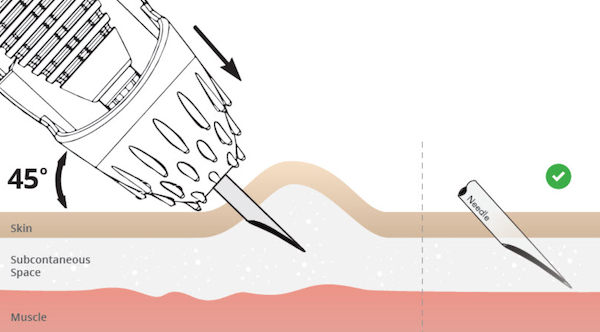Vaccination: good insurance
Do you keep a calendar of key farm management dates? If you do, when does ‘vaccinate’ feature? For which classes of stock? How often? Then with what?
Knowing some fundamental principles of the immunity acquired through vaccination can help add rigour in formulating a vaccination schedule for your flock.
A newborn lamb acquires immunity to disease for around the first six weeks of its life through the maternal or passive immunity that it receives through its mother’s colostrum. Colostrum is the antibody rich milk that a ewe produces for around 24 hours following the birth of its lamb. It therefore makes sense to vaccinate ewes around one month prior to lambing to help ensure their colostrum transfers a high level of immunity.
Maternal immunity lasts for around six weeks after which lambs need to be vaccinated to gain an active immunity. This is achieved by giving two vaccinations at least four weeks apart. The first vaccination primarily sensitises the lamb’s immune system. The second vaccination causes the lamb’s primed immune system to mount a protective immune response. There is therefore little benefit in a first vaccination if it isn’t followed by a second vaccination.

The timing of these vaccinations may seem quite rigid, so it makes sense to fit them in with other management practices. For example, ewes are often vaccinated at the same time as a pre-lambing drench, the first vaccination is often given at marking and the second vaccination is often given at weaning.
The duration of immunity that a vaccine gives varies depending upon the disease that is being vaccinated against. A feature of the enterotoxaemia (pulpy kidney) vaccine, found in 5-in-1 vaccine, is the duration of immunity that it provides is quite short. It may only give three or four months of protection.
C
It therefore makes sense to ensure immune protection, and if necessary to give a booster dose, before a high-risk period. A high-risk period could be defined as any time sheep are being fed energy rich feeds. This could include energy rich pastures but equally the supplementary feeding of grain and pellets.
Typically, young stock in good condition up to two years of age are most affected by enterotoxaemia. However, deaths in older stock may also occur. Due to the rapid progression of the disease, an animal affected by enterotoxaemia will typically simply be found dead.
There is a range of other diseases of sheep for which prevention through vaccination is available. It is best to formulate a recommended vaccination schedule of your flock in consultation with your veterinary advisor.